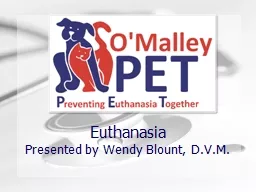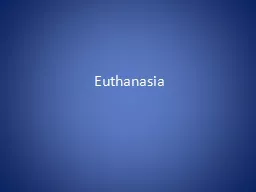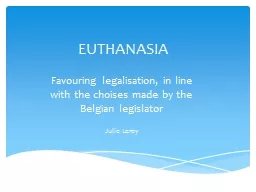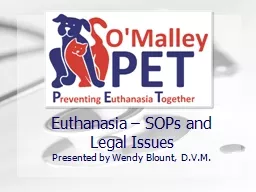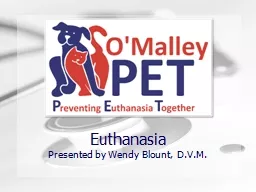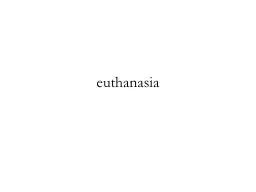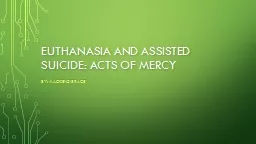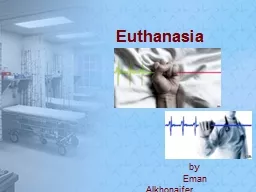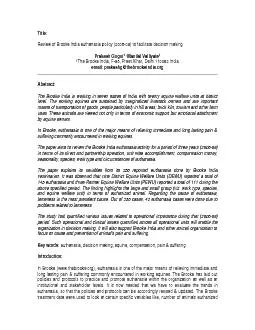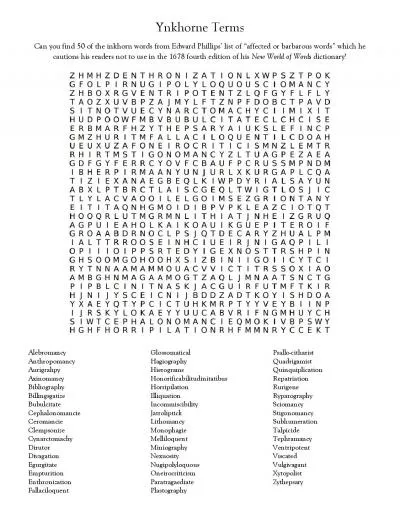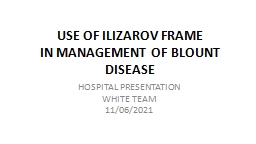PPT-Euthanasia Training Presented by Wendy Blount, D.V.M.
Author : markes | Published Date : 2020-06-19
CONFIDENTIAL 2 Housekeeping Your packet Agenda Discussion Questions Flash drive with all materials PowerPoints pptx and pdfs statutes cited articles guidelines
Presentation Embed Code
Download Presentation
Download Presentation The PPT/PDF document "Euthanasia Training Presented by Wendy B..." is the property of its rightful owner. Permission is granted to download and print the materials on this website for personal, non-commercial use only, and to display it on your personal computer provided you do not modify the materials and that you retain all copyright notices contained in the materials. By downloading content from our website, you accept the terms of this agreement.
Euthanasia Training Presented by Wendy Blount, D.V.M.: Transcript
Download Rules Of Document
"Euthanasia Training Presented by Wendy Blount, D.V.M."The content belongs to its owner. You may download and print it for personal use, without modification, and keep all copyright notices. By downloading, you agree to these terms.
Related Documents

